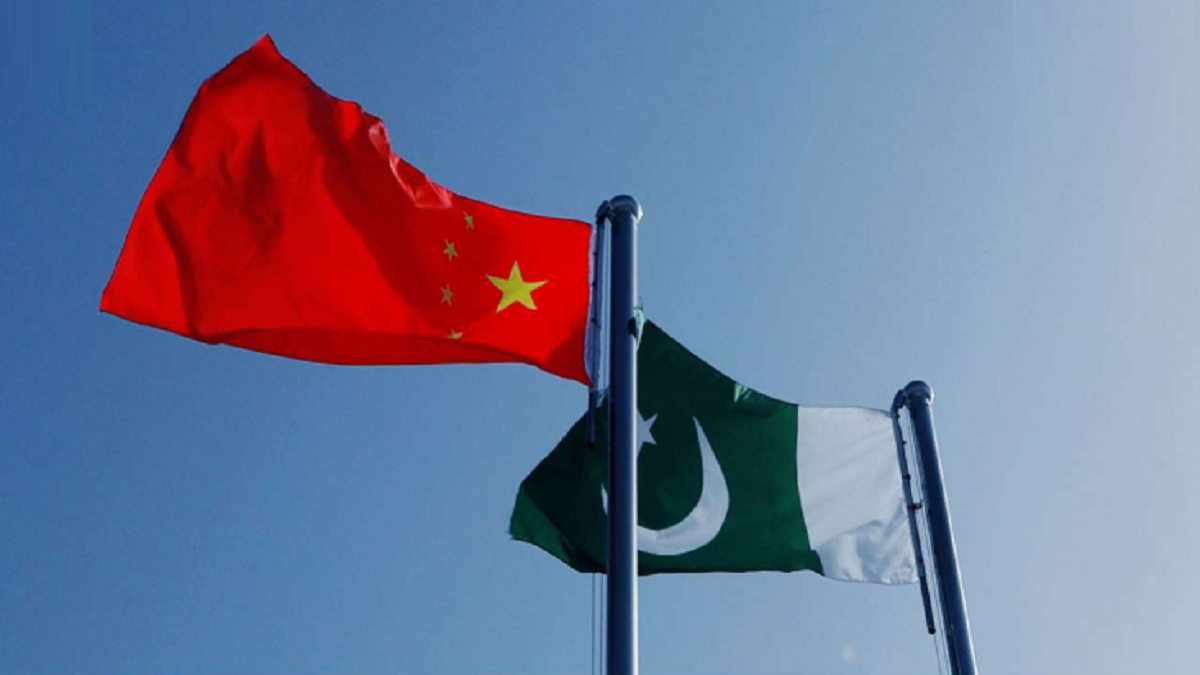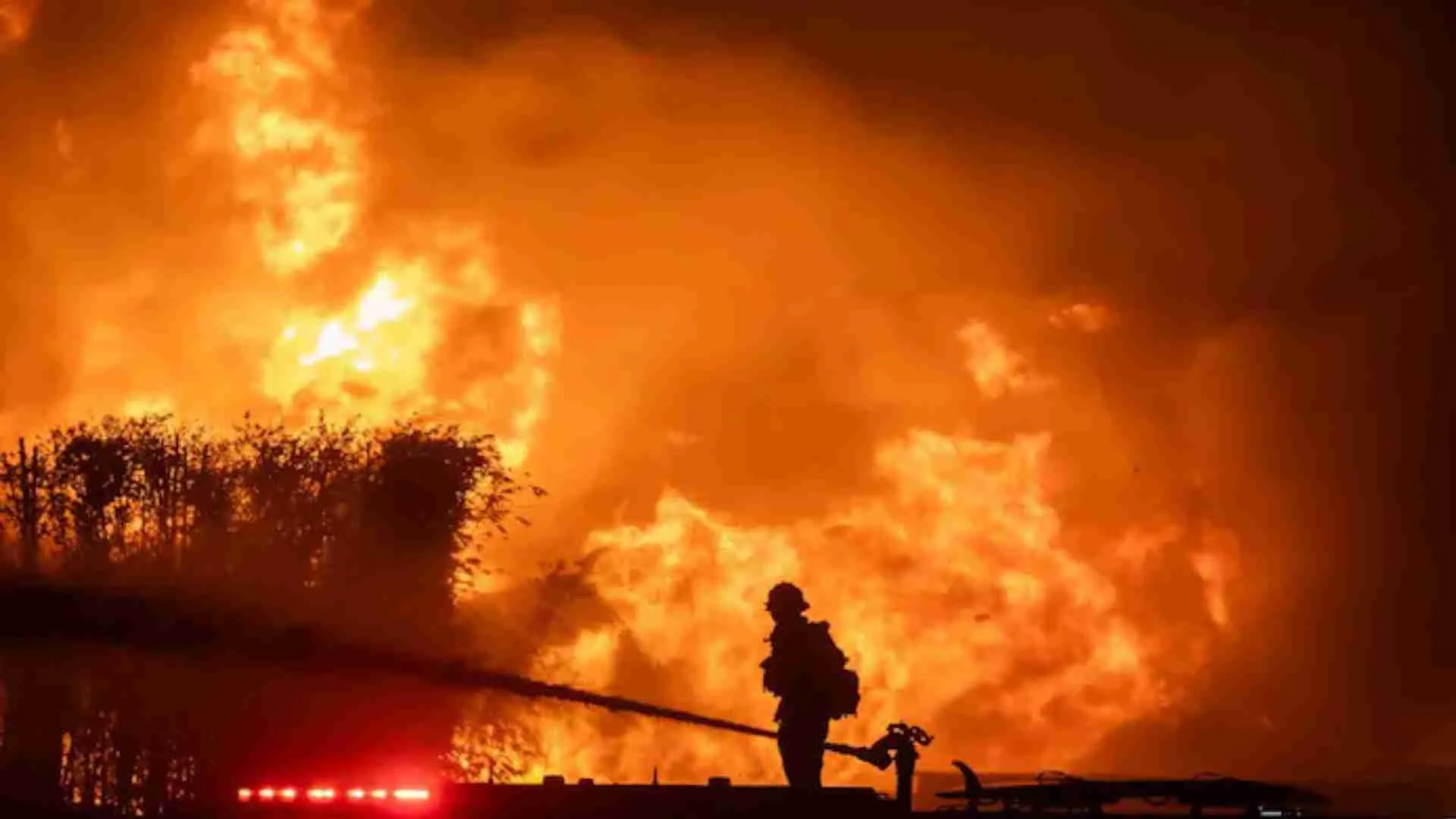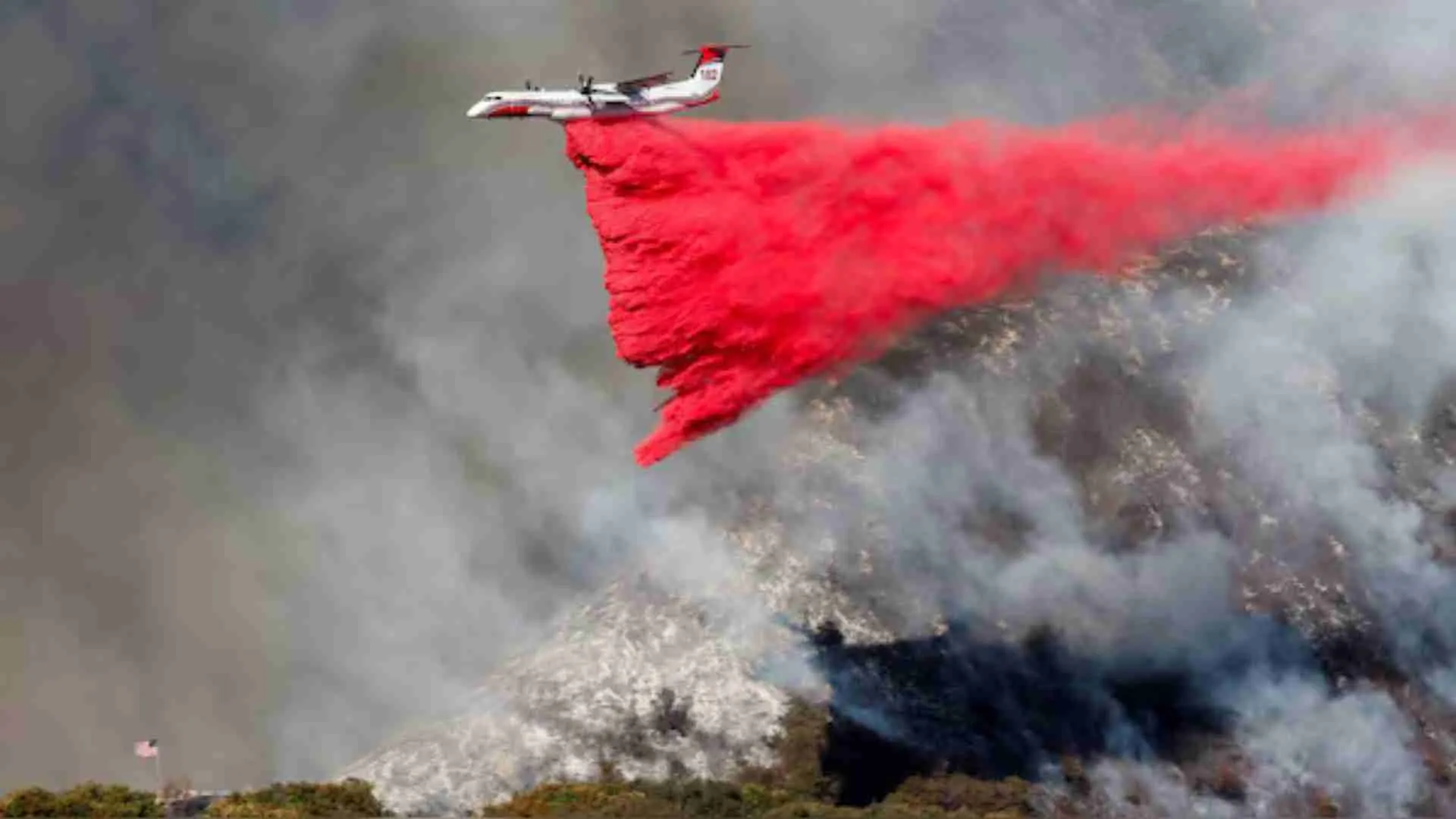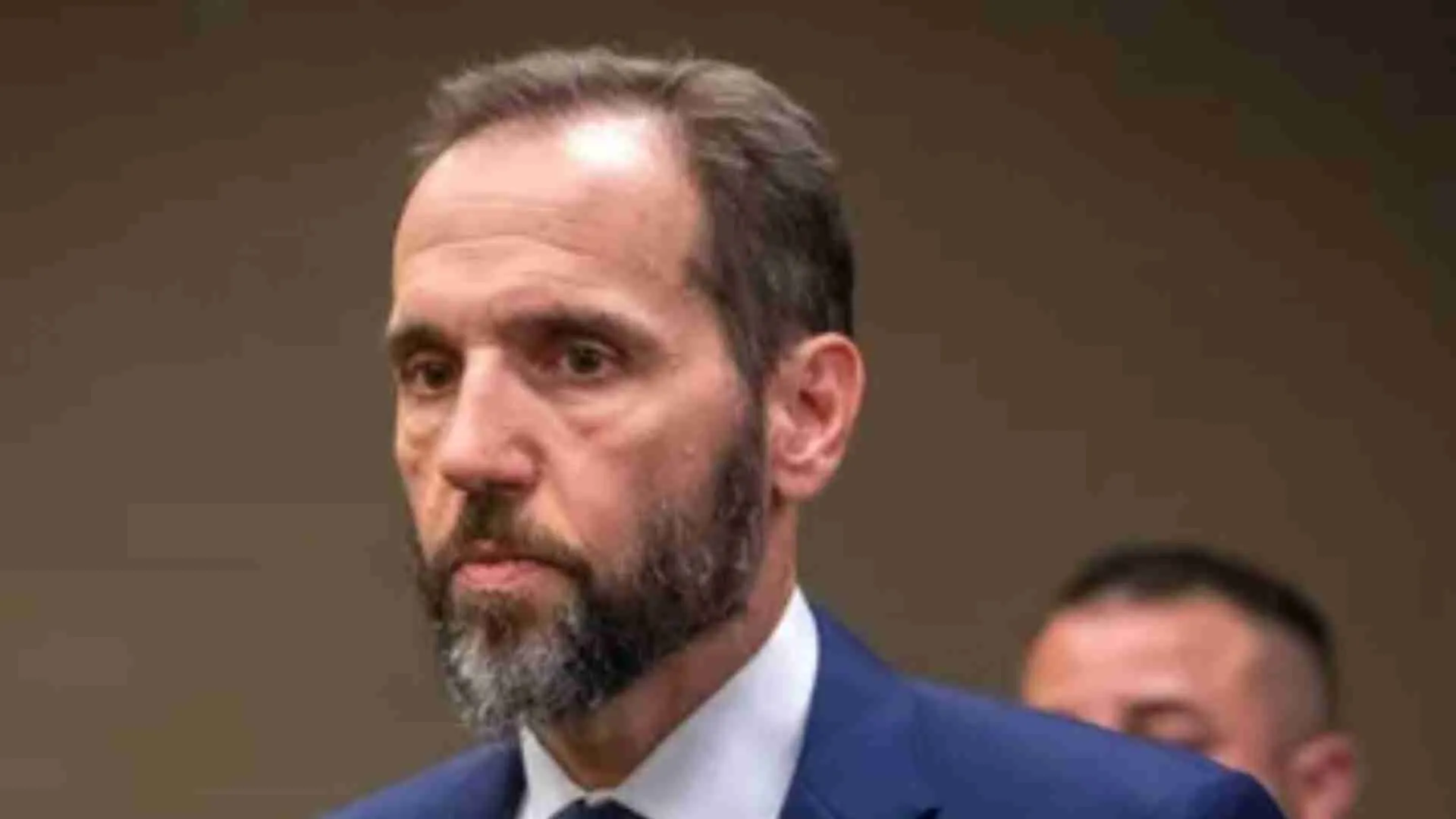Things in Afghanistan may not exactly be going according to Pakistan’s plan. Coming to power was supposed to be a cakewalk for the Taliban, with province after province tamely surrendering to them, and with the Afghan military either fleeing to neighbouring countries, or joining the ranks of the Taliban. And that was how it was happening. The devious plan, hatched by Rawalpindi GHQ has always been to talk peace in some foreign locale with the so-called stake-holding countries, while the Taliban on the ground make substantial gains for Afghanistan to be delivered to Pakistan’s military bosses on a platter. It was—in fact, still is—supposed to be a case of Pakistani annexation of Afghanistan by proxy. And with the United States allowing itself to be led up the garden path by Pakistan, and cutting and running from Afghanistan, it was only a matter of time before the Taliban flag would be flying in Kabul.
It is obvious that Pakistan sold this smooth annexation plan to “iron brother” China, one of the reasons why the Chinese communists gave an audience to the Taliban delegation last week in Tianjin. The Chinese are hoping not only to give the Taliban legitimacy, but also pave the way for the recognition of the Islamic Emirate of Afghanistan 2.0 in future—Taliban’s first Emirate lasted from 1996 to 2001. If China’s “emperor” recognises a Taliban government, it will not be long before his vassal states follow suit. In this perhaps Rawalpindi did not factor in the Afghan fightback—although belatedly and not very substantial, but a fightback nonetheless. As well as the popular demonstrations against the Taliban, as we saw on Tuesday night when large parts of Kabul were out on the streets, shouting anti-Taliban slogans after a car bomb blast targeted the Afghan defence minister’s residence.
There is no doubt that the Taliban control over 70% of Afghanistan, and that the majority of the provincial capitals are under threat of collapsing, but as defence experts say, the Taliban’s gains have been primarily in the rural areas and their advance has slowed down once they have tried to take major cities, which are better equipped to defend themselves. However, others see it as the Taliban strategy of controlling vast swathes of rural territory before squeezing the urban conglomerates from all sides. Among the several cities under threat, two provincial capitals facing serious Taliban assault are Herat in Herat province near Afghanistan’s border with Iran, and Lashkargah in Helmand province in south-central Afghanistan. According to Afghan media reports, fighting at Lashkargah has been continuing for over five days and the Taliban have captured nine of the city’s 10 districts and are now trying to capture the governor’s mansion and the police headquarters. The Afghan government says that its defence forces have inflicted heavy casualties on the Taliban in Helmand province, a claim denied by the latter. But whether this will be enough for Lashkargah from falling to the Taliban is not known. If the city falls, it may give the Taliban a psychological boost, as they will come to control a major provincial capital. To prevent such an eventuality, the US has started conducting airstrikes on the Taliban ever since last week, specifically in Lashkargah, Herat and Kandahar among other areas. The Afghan government says that this has inflicted heavy casualties on the Taliban. As for Herat, reports are coming of the city residents including a “warlord”, Amir Ismail Khan picking up arms and joining hands with the government forces to repel the Taliban. Major demonstrations have been taking place against the Taliban even in Herat city. Also, some limited airstrikes have been carried out even by the minuscule Afghan air force in places like Ghazni in southeastern Afghanistan—nearer to Pakistan—inflicting casualties on the Taliban.
Amid this, a lot will depend on how long the national capital, Kabul, stays with the current government. Kabul is of immense symbolic value and without Kabul the Taliban cannot have a government in Afghanistan. Some say it could be a matter of weeks before Kabul falls, while many are betting on Kabul holding on for a year or even two. US Defence Secretary Lloyd Austin has advised the Afghan government to concentrate on stopping the Taliban advancement, instead of trying to regain lost territory. In other words, to ensure that the provincial capitals do not fall to the Taliban. But the situation is fluid and how long the government forces can defend the urban areas without western support, is a matter of speculation.
And then there is the human factor. A lot has changed in the 20 years that the Taliban have been out of power in Afghanistan, so even if they are able to form government in Kabul, they may find it difficult to control the Afghan people, who detest them and are unwilling to follow their medieval diktat after two decades of freedom and openness. In this regard, the spontaneous anti-Taliban demonstrations in cities such as Kabul and Herat should serve as a message to the Taliban and their Pakistani masters.
Meanwhile, a significant statement came this week from the 15-member UNSC, which India is currently presiding over, that “they do not support the restoration of the Islamic Emirate”. With the possibility of this finding a reflection in the majority of P-5 members’—barring China and perhaps Russia—stand on the Taliban, Pakistan and China will realise to their peril that their Taliban government in Kabul will have zero legitimacy.
A Pakistan-China-run Taliban government will spell disaster for Afghanistan and the region. Hence, it’s the duty of those who have been guiding Afghanistan’s fate for the last two decades to ensure that a Taliban government cannot grab power in Kabul through violence.























